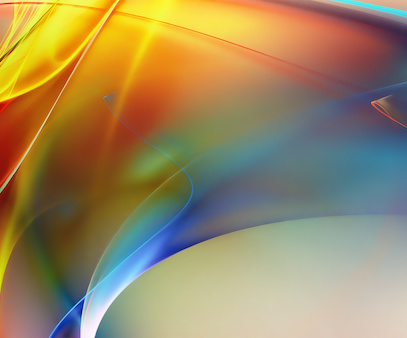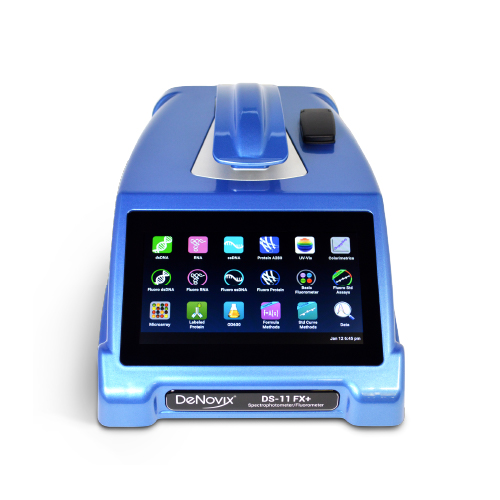What are Spectrophotometers?
A spectrophotometer measures the intensity of a light beam. Typically, a spectrophotometer is used to measure how much light is absorbed by a sample. The information recovered from a spectrophotometer can be used to identify a chemical compound or quantify a concentration of a given chemical species.
Many industries, including the pharmaceutical, food and beverage, and building industries, use spectrophotometers.1 Archaeology and cultural heritage also make use of spectrophotometers’ ability to quantify a color and identify the pigments used in the creation of artwork, which can be used for dating pieces or even forensic work to identify frauds.2
The main components in a spectrophotometer include the light source, the sample holder, the optics and a detector. Many spectrophotometers use broadband light sources to operate over large spectral ranges, but for very specific designs or highly cost-effective applications, it is possible to use a single wavelength source.
As a spectrophotometer can be used with gases, liquids or solids, the sample holder needs to be designed appropriately for the application. The optical components in a spectrophotometer vary depending on the light source. For broadband visible spectrophotometers, there is usually a scanning monochromator composed of a grating and slit to disperse the spectrum and allow the selection of a single wavelength. The grating is then turned to select different colors and record the full absorption spectrum of the sample of interest.
DeNovix Spectrophotometers
The flexibility of spectrophotometer design means it can be challenging to find the perfect spectrophotometer for your application. This is why DeNovix offers two main spectrophotometer series, the DS-C and the DS-11 Series, as well as the technical and sales support to help you come to the right decision.3,4
The DS-C Cuvette Spectrophotometer is for cuvette-based measurements and comes with an excellent dynamic range. Designed with biomolecule screening and nucleic acid testing in mind, it is an easy-to-use spectrophotometer with many built-in programs and features to accelerate your workflow.
For kinetics measurements, the DS-C cuvettes can be heated from 37 to 45°C. Absorbances as low as 0.0008 can be recorded with a wavelength range down to 190 nm—the UV absorption range is particularly useful for biomolecules that tend to have their characteristic absorption features in this range.
The longer pathlength of cuvettes is beneficial for a spectrophotometer measuring bacterial cell cultures as it helps reduce issues with scattering and means very low concentrations can be detected. The DS-C Spectrophotometer can accommodate cuvettes with pathlengths between 0.125 and 10mm.
Alternatively, DeNovix offers the DS-11 Series Spectrophotometer / Fluorometer to quantify samples with very small volumes. The microvolume sample holder means only a drop of a precious substance is required in the spectrophotometer. The short pathlength makes it possible to record spectra from even highly absorbing samples.
To help support your workflows, the DS-11 Series comes with the option for cuvettes and is the only model of its kind to include an optional integrated fluorometer. The DS-11 software also alerts users when contaminants are detected and has a number of pre-programmed protocols for the most common applications, fluorophores and colorimetric assays.
To find out more about spectrophotometers and their applications, read more here.
References and Further Reading
- Kumar, A. P., & Kumar, D. (2021). Determination of Pharmaceuticals by UV-Visible Spectrophotometry. Current Pharmaceutical Analysis, 17(9), 1156-1170. https://doi.org/10.2174/1573412917999200909144354
- Sarti, B., Plutino, A., & Simone, G. (2021). Digital color acquisition and management of cultural heritage: from spectrophotometry to digital imaging. https://air.unimi.it/retrieve/handle/2434/870127/1874784/Pubblicazione_Sarti.pdf






